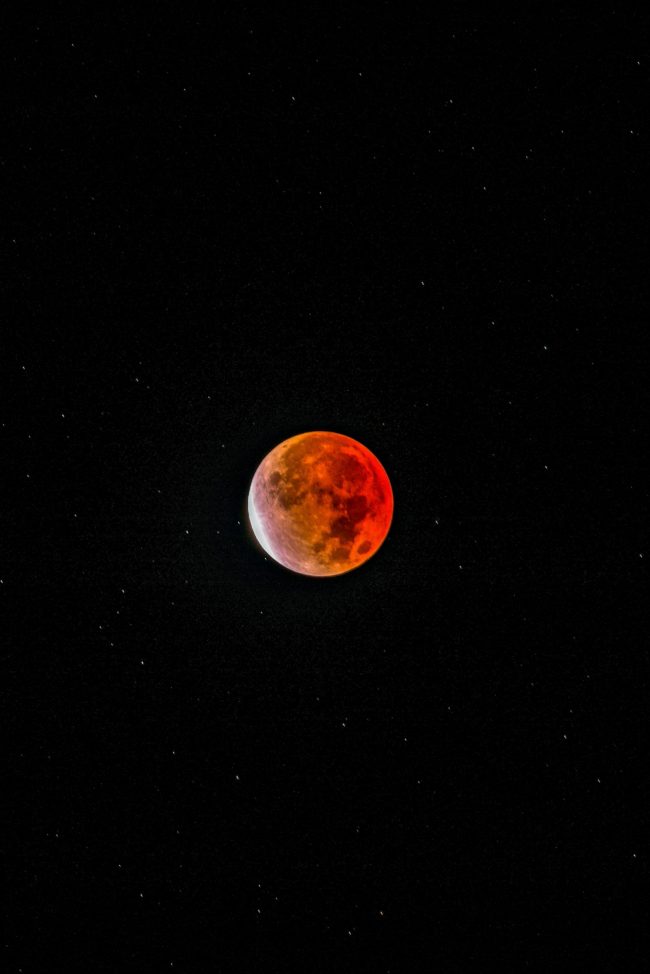
Total Eclipse of the Orb
Much of the world recently received a cosmic treat. Just this morning, a nearly-full lunar eclipse waltzed across the firmaments.
Despite covering more than 97% of the moon with shadow, that figure made this event technically a partial eclipse. More than making up for that 3% sliver, however, was the duration of this episode. Four hours of eclipse action could have been yours in the wee hours of 19 November 2021. It was the longest partial eclipse since 1440; a longer example will not transpire until 2669!
(As I wrote this article, my daughter sat on my lap. She typed the second word in her young life: “qSQA54R111111111111111111111111111111111111A1A`s “. As an archivist, I feel compelled to leave it in the finished product!)
In light of this joyous occasion, let’s step out of the umbra and into enlightenment by exploring the physics behind eclipses. We’ll also attempt to see how many eclipse puns we can work into our prose!


Here on Earth, we associate eclipses with the sun and the moon. To an astronomer, however, the phenomenon is not tied to those bodies. Technically, an eclipse occurs when one celestial figure moves into the shadow of another. This interaction requires three actors: one to throw light, one to cast a shadow, and another to be blanketed with that shadow. On our planet, if we see a lunar eclipse, we’re casting the shadow onto the moon. During a solar eclipse, the moon projects a shadow to us. But, an eclipse can transpire anywhere in the universe where the basic ingredients line up. For example, the sun might spew light onto Uranus and Uranus can cast a shadow on one of its moons, causing an eclipse involving Uranus.
This alignment of three celestial bodies is known as one of the coolest words in existence: syzygy.
During a lunar eclipse, the sun’s rays create two types of shadows. The darkest version is called the umbra, in which all of the light is blocked; the lesser iteration is called the penumbra. A lunar eclipse will always occur during a full moon because the moon can only fall within the umbra in the same position during which we can see all of its face. Further, for the same reasons we see red light during sunrises and sunsets, when the moon falls mostly or completely into the umbra we see our satellite turn a rosy hue! See the figures below for the geometry of these shadows and the anatomy of a lunar eclipse. The video embedded gives a more comprehensive description of the redness of an eclipse.


During a solar eclipse, the moon lies between us and our nourishing star.
Like the lunar variant, we have an umbra and a penumbra. Because the moon is much smaller than the Earth, the shadow it casts and the corresponding eclipse is much smaller. Only small swaths of the planet experience each solar eclipse. Those areas inside the umbra experience a total solar eclipse, while those in the penumbra encounter a partial eclipse. Solar eclipses tend to be much shorter than the lunar type, thanks to the smallness of the moon. During a total eclipse, day seems to turn momentarily to night; during a partial, part of the sun is occluded by the disk of the moon. The converse of a lunar eclipse is true of a solar: they will only happen during new moons.
In addition to the normal total and partial events, an extraordinary type of solar eclipse sometimes blesses us. When the moon is at its farthest point from the planet and lines up between us and the sun, an annular eclipse occurs. These events produce a spectacular effect. The moon is not quite large enough to block the entirety of the sun, so it appears as a black disk surrounded by fire.


Eclipses are some of the most spectacular sights we can experience on this planet. The events have awed humans for millennia and will continue to do so while we populate this blue dot. Examples such as today’s lunar eclipse and 2017’s solar eclipse that carved a line of totality across the United States are must-see adventures. Treat yourself correctly: look up the dates of future eclipses and make them a priority.
Our moon slowly drifts away from us. One day, a billion years in the future, it will be so far away that we won’t see eclipses anymore. Though we’ll obviously be long gone, it’s a good reminder to take advantage of the beauty of the universe while we can!
Further Reading and Exploration
What Is an Eclipse? – NASA
NASA GODDARD SPACE FLIGHT CENTER ECLIPSE WEB SITE
Near-total Beaver Moon lunar eclipse, longest of its kind of the century, wows stargazers – Space
November 2021 partial lunar eclipse longest for 1,000 years – EarthSky
Eclipse times, paths, phase animations, and maps – Time and Date














I think space orbital dynamics are cool. They are mathematically tractable enough with extremely high accuracy to determine past, and predict future positions of heavenly bodies wrt the others, and we have Kepler to thank for that.
Speaking of which, I’ve always been fascinated that our moon has just the right density, diameter, and relative orbit such that the variance of the of the earth moon and sun positions is just high enough that the moon can obscure sun partially (a common occurrence), and in full alignment either completely OR annular. as seen from our planetary surface.